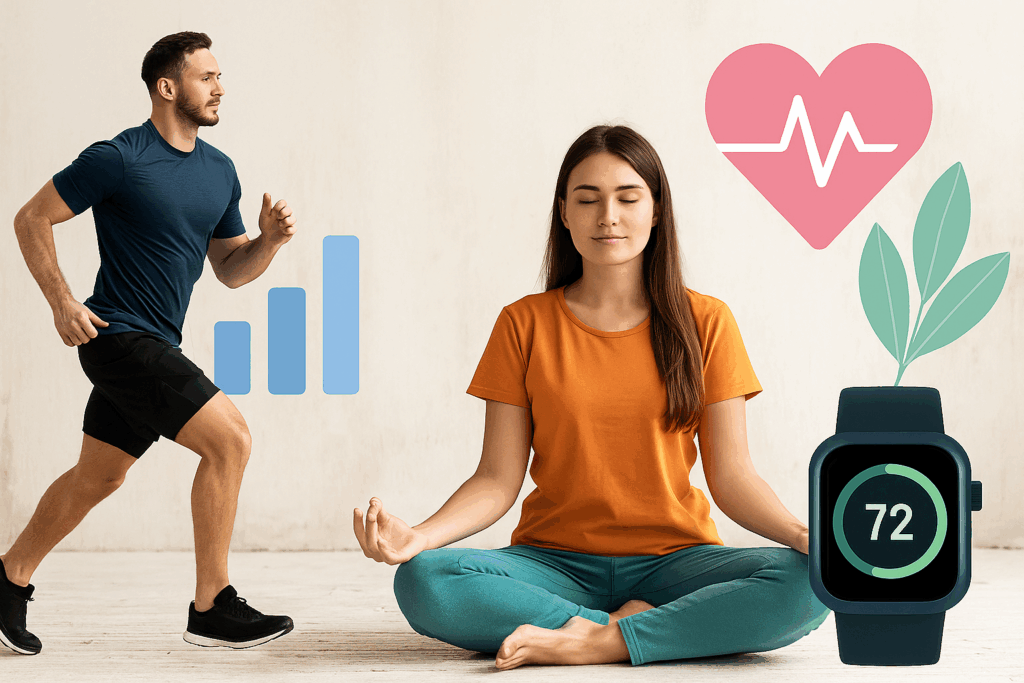
Wellness and physiological monitoring: how to integrate technology and data into health pathways
A new approach to wellness
The concept of wellness is undergoing a phase of great evolution. While until a few years ago it was mainly associated with aesthetics or physical activity alone, today it is increasingly perceived as an integrated process that combines movement, mindfulness and health care.
In this scenario, technology plays a key role, enabling millions of people to monitor and improve their well-being every day.
According to the NIQ Global Health & Wellness 2025, 63 percent of consumers believe that dedicated wellness technologies have a real impact on improving health, and more than half are actively using them to change behaviors and habits.
A trend that shows that the future of the industry is increasingly data-driven.
Data-driven wellness: beyond training
The integration of wearable devices, health apps and monitoring platforms has opened up new perspectives in the world of fitness and prevention. People today are no longer just looking for effective training; they want to know how it affects their bodies in real time. The ability to visualize parameters such as heart rate, sleep quality, stress level or respiratory performance is redefining the very experience of well-being.
We’re not just talking about numbers, but about increased awareness-the real revolution lies in using technology to help people better understand their physiological state, interpret the body’s signals and optimize every step of the day, from physical activity to recovery.
The benefits of continuous monitoring
Continuous monitoring of vital parameters has a tangible impact on health. The regular use of digital technologies makes it possible to create highly personalized wellness pathways.
Each person has his or her own biological rhythm, which varies according to lifestyle, age and personal goals. With data collected in real time, it is possible to adapt training programs, better manage workloads, and prevent overloading or the risk of injury.
In addition, monitoring of vital parameters helps improve the recovery phase, something that is often underestimated. Sleep quality, balance between stress and relaxation, blood oxygenation level, and muscle recovery are now being tracked and analyzed to ensure longer-lasting results.
An approach that benefits not only athletes, but anyone who wishes to improve their state of well-being.
Corporate wellness: an opportunity for companies
Companies are also realizing the importance of investing in digital wellness solutions. The corporate sector has experienced strong growth in recent years, with the market exceeding $60 billion globally by 2025. More and more companies are adopting structured prevention and wellness programs for employees, with the aim of improving the internal climate, reducing stress and increasing productivity.
In the work context, continuous monitoring enables HR managers to have a clearer view of the state of team well-being. By proactively identifying signs of fatigue or stress, it is possible to intervene before more serious problems occur, thereby reducing absenteeism rates and associated health care costs.
The evolution of the role of the trainer and fitness
The fitness world is also changing significantly, driven by the integration of technology and new customer needs. Trainers and wellness professionals can no longer limit themselves to offering standard forms, but must be able to read and interpret physiological data to offer increasingly personalized and dynamic programs.
Modern training becomes a tailored experience, built on objective parameters that allow workloads and strategies to be adjusted precisely. The ability to monitor not only performance, but also factors such as stress, sleep quality, and recovery status allows for the creation of pathways beyond the individual session, accompanying the client into a more balanced lifestyle.
In this context, technology does not replace the human relationship, but enriches it: data becomes a useful tool for improving communication, strengthening trust, and delivering more concrete and lasting results. Wellness is thus evolving toward an integrated approach, where innovation and personal relationship work together to provide more complete well-being.
New paradigm
Looking ahead, wellness will continue to evolve toward increasingly integrated and personalized models. Physiological monitoring technologies will become increasingly accessible and sophisticated, offering tools that can anticipate people’s needs and guide them toward more informed choices.
The real value of technology is not in the numbers, but in its ability to improve the quality of life. Investing in solutions that enable people to learn more about their bodies and act proactively means building authentic, lasting and sustainable well-being.
In this new paradigm, wellness becomes a continuous journey, accompanying people day after day, helping them to live better, longer and more consciously.
